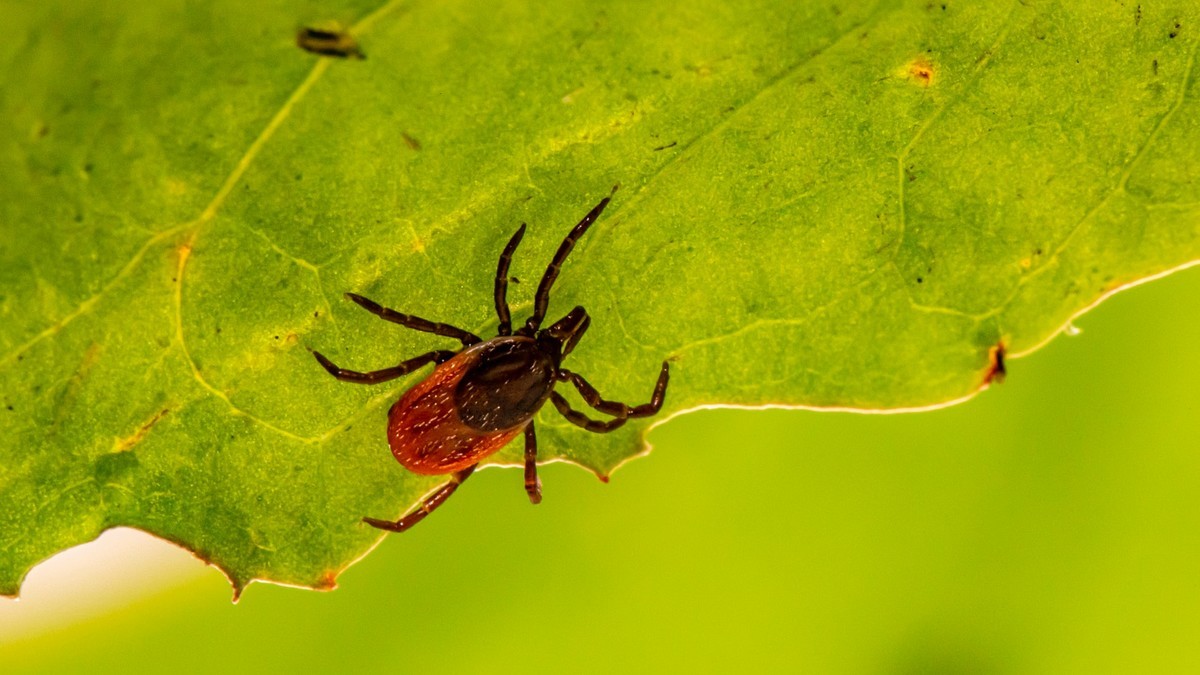MOUNT VERNON – It’s spring and that means the ticks are back.
Knox Public Health is warning about the dangers of one particular type of tick, the black-legged deer tick, which can transmit Lyme disease to humans and even dogs.
“We try to educate the public on tick surveillance,” Terri Hillier, environmental health inspector at Knox Public Health, told the Mount Vernon News. “With a tick, you normally can see it on your body. But before that, you should wear some type of insect repellent that is EPA-approved. We advise folks to go ahead and spray, and use the correct spray for your age since children may not be able to use the adult spray.”
Hillier also noted that it’s good to wear light clothing when you are outside.
“Ticks are normally dark in color, and with light clothing you can see the ticks,“ she said. “That way they will notice if they have a tick crawling on them.”
In the summer and early fall, black-legged deer ticks are nymphs.
“They are very, very tiny,” Hillier said. “They are about the size of a poppy seed, so they are very hard to see. So that’s why we stress tick awareness and highly recommend folks wear some type of insect repellent when they go out, especially if they go out in the woods or tall grass.”
If you find a tick that has attached itself to your skin, you can use tweezers to remove it. Knox Public Health will identify the tick for you.
“A very common tick we see in Knox County is the American dog tick, and it can transmit Rocky Mountain spotted fever,” Hillier said. “The newer tick on the scene which has really become prominent starting back in 2010 in our area and the state of Ohio is the black-legged tick, also known as the deer tick because they do attach to our white-tailed deer. The big concern with the black-legged tick is the Lyme disease.”
In 2016, Knox County had seven confirmed cases of Lyme disease. In 2019, that number jumped to 29 confirmed cases. The public brought in 44 ticks for identification that year.
“Of those, 23 were black-legged ticks,” Hillier said.
One of the symptoms of a black-legged tick bite is that the area around it turns red and inflamed.
“It hurts and that’s normally how an individual becomes aware that they have something going on,” Hillier said.
That can be followed by a “bull’s-eye rash,” muscle ache, headaches, extreme fatigue and fever.
Dogs can also get Lyme disease from ticks, Hillier said.
For more information, go to knoxhealth.com/images/odh_tick_brochure.pdf







